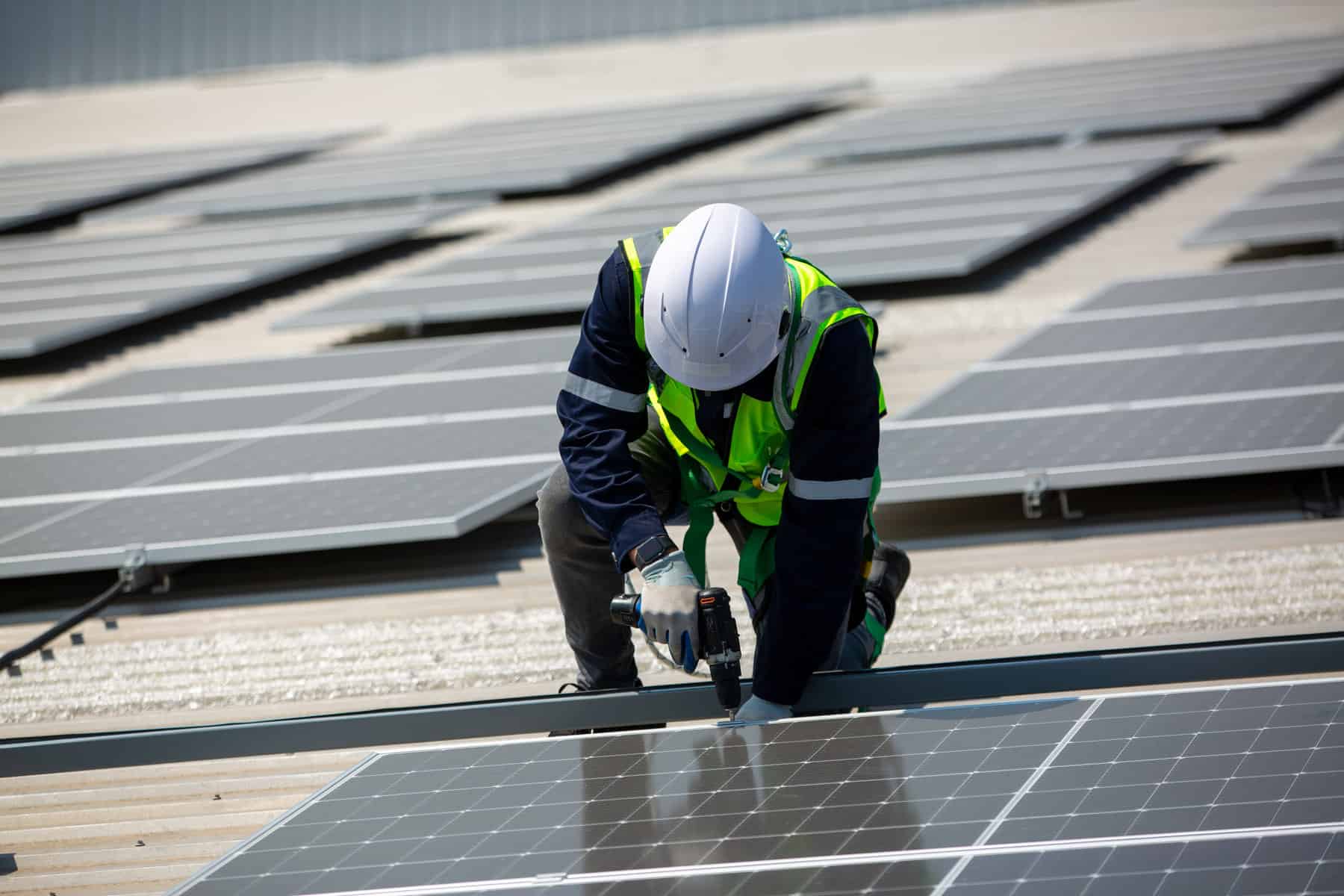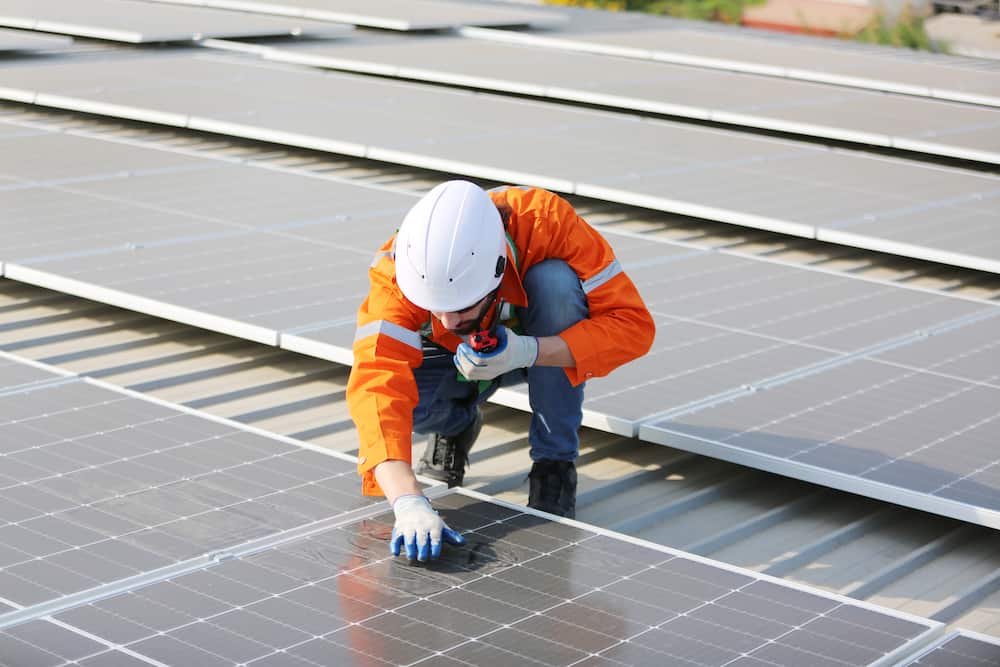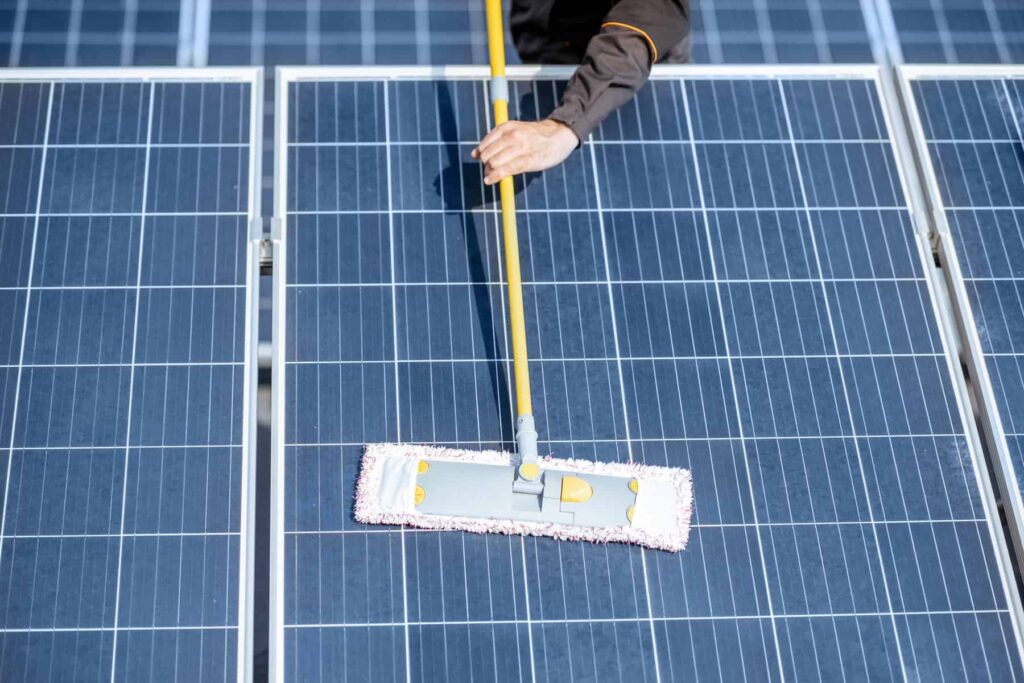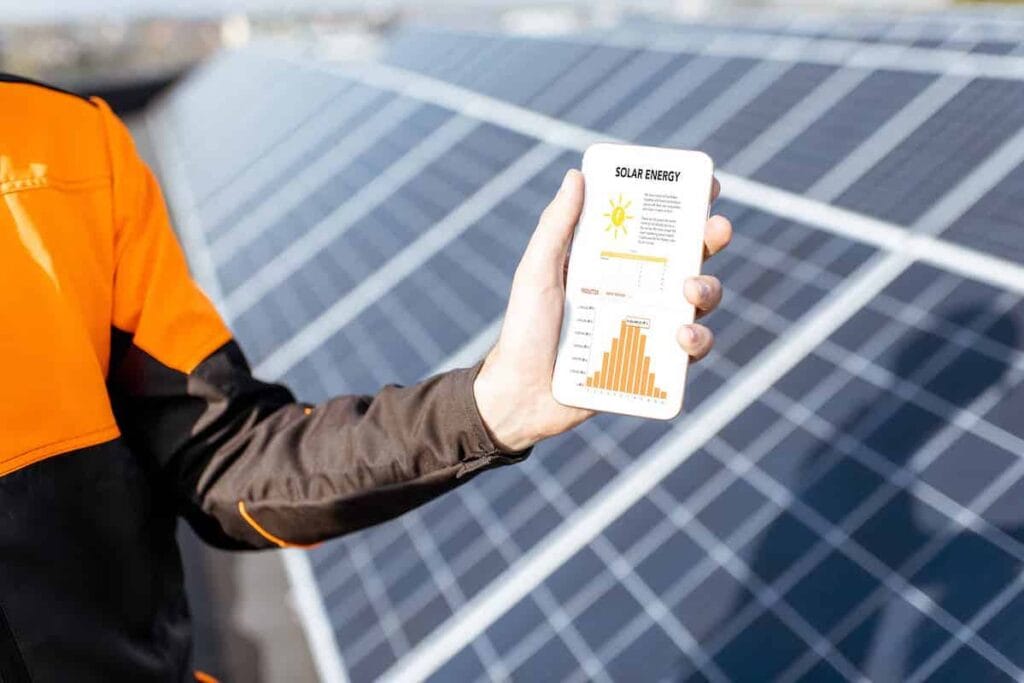

Estimated reading time: 5 minutes
In today’s environmental consciousness and economic practicality age, harnessing renewable energy sources is no longer optional but necessary. With its universal availability and decreasing costs, solar power presents an appealing option. Commercial entities, specifically, stand to gain significantly from this sustainable shift. This in-depth guide aims to comprehensively understand the implications, implementation, and impact of solar panels for commercial buildings.
Table of contents
- The Dawn of a New Era – Solar Energy in Commercial Spaces
- The Heart of Solar Energy – How Solar Panels Function
- Transitioning to Solar Power – A Step-by-Step Process
- Economic Implications – Costs, Returns, and Incentives
- Making a Green Impact – The Environmental Significance
- The Future – Solar Energy and Commercial Real Estate
- Conclusion
The Dawn of a New Era – Solar Energy in Commercial Spaces
Solar energy presents a compelling, cost-effective, and sustainable solution in our quest to reduce dependency on non-renewable energy sources. With their substantial energy needs and often expansive, sun-soaked rooftop spaces, commercial buildings are perfectly suited to exploit solar power.
The implementation of solar panels in commercial buildings is beneficial in multiple ways. Firstly, solar power significantly reduces operational costs by lowering electricity consumption from the grid. The cost-saving advantage extends further, providing immunity against future energy price hikes and market volatility.

Secondly, solar panels underscore a firm’s commitment to sustainability, an attribute increasingly valued by consumers and partners. It bolsters the organization’s green credentials, fulfilling corporate social responsibility and often providing a competitive edge in the marketplace.
The Heart of Solar Energy – How Solar Panels Function
Before exploring the implementation of solar panels in commercial spaces, understanding the fundamentals of their operation is key. Solar panels comprise numerous photovoltaic (PV) cells, semiconductors that convert sunlight into electricity. When sunlight hits these cells, it generates an electric current, which an inverter converts into usable AC electricity for the commercial building.
It’s essential to note that the power output from a solar panel is subject to several variables, including the panel’s size, the efficiency of the PV cells, and the amount and intensity of sunlight it receives. To optimize the system, professional solar installers comprehensively evaluate the premises and consider these factors to design the most suitable and effective solar array for the building.
Transitioning to Solar Power – A Step-by-Step Process
Adopting solar power in a commercial building is a process that involves several stages, from the initial site assessment and system design to installation and eventual maintenance.
Site Assessment and Energy Audit: A detailed site assessment helps determine if the building is suitable for solar panel installation, considering factors like roof condition, possible shading, and local climate conditions. Simultaneously, an energy audit helps map the building’s energy usage patterns, which are crucial in sizing the solar system accurately.
System Design: With the collected data, a tailored solar system design is prepared, specifying details like the size of the solar array, the location of installation, and the type and model of solar panels and inverters to be used.
Installation: Once the design is finalized, professional installers mount the solar panels, set up the inverters, and integrate the system with the building’s power supply and the grid.

Maintenance: Despite requiring minimal maintenance, occasional cleaning and regular system checks help ensure the longevity and optimal performance of the solar panel system.
Economic Implications – Costs, Returns, and Incentives
The implementation of solar panels requires an upfront investment. However, when viewed as a long-term strategy, the significant energy cost savings and various incentives often justify the initial outlay. Federal, state, and local incentives, including the Investment Tax Credit (ITC), can considerably offset installation costs.
In addition to financial incentives, considering the lifecycle of the solar panel system is crucial. Most solar panels have a lifespan of 25-30 years, providing an extended period of reduced energy costs that typically outweigh the original investment.
Making a Green Impact – The Environmental Significance
While financial incentives are a strong motivation, the environmental benefits of solar power make a compelling case for its adoption in commercial buildings. Solar power is a clean and renewable energy source that doesn’t emit greenhouse gases or contribute to global warming. Implementing solar power is a substantial step towards reducing a commercial building’s carbon footprint and playing an active role in the fight against climate change.
Solar power also contributes to water conservation, given that it requires significantly less water than traditional power generation methods. Moreover, as solar power does not involve harmful extraction processes like fossil fuel-based power, it prevents habitat destruction and pollution.
The Future – Solar Energy and Commercial Real Estate
Solar power is not merely a passing trend but the future of energy in commercial real estate. Technological advancements promise improved solar panel efficiency, better energy storage solutions, and integrated solar power systems, enhancing the benefits of solar energy.
Future solar panels might integrate seamlessly into building materials, allowing windows and facades to generate power. Coupled with improvements in energy storage technology, these developments can significantly enhance the reliability and viability of solar power.

The rise of smart grids, which utilize digital technology for efficient energy production and distribution, also points to an increasingly prominent role for solar power in commercial buildings. As sustainability becomes essential to building design and operation, incorporating solar power in commercial buildings will undoubtedly continue to grow.
Conclusion
Investing in solar panels for commercial buildings presents a smart and sustainable solution for energy needs. It is a powerful testament to an organization’s commitment to reducing environmental impact and making economic sense. As the world continues to grapple with climate change, the role of renewable energy sources like solar power will only gain prominence, making it a wise and forward-looking choice for commercial entities.
